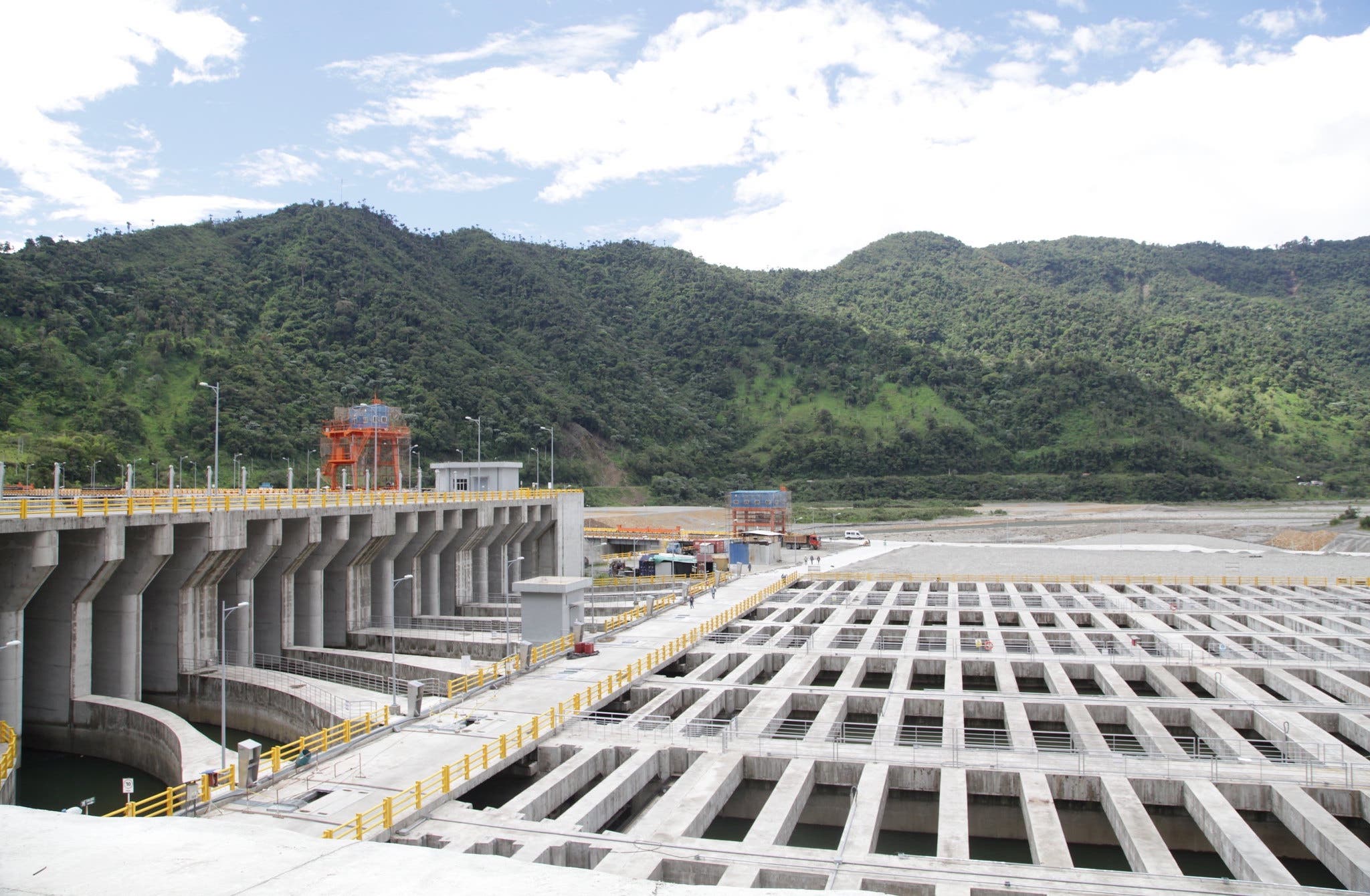China’s Investment in Energy in Ecuador
In November of 2016, the previously defined “strategic association” between China and Ecuador was upgraded to an “integral strategic partnership” representing the highest level relationship China has with any country.¹ Especially during the presidency of Rafael Correa, the public sector has primarily worked with Chinese banks and construction companies to build up the hydroelectric sector, granting massive project contracts to Chinese banks and construction companies. Under the presidency of Rafael Correa, the Chinese policy banks loaned Ecuador $19 billion, much of which has gone to finance seven hydroelectric plants under President Rafael Correa.
With a country highly motivated to improve infrastructure and energy access, it is small wonder China has become so invested in the energy projects across Ecuador. These infrastructure loans came at a cost, however. These loans are given on the condition that the projects employ Chinese equipment, labor, supplies, and technology.² Several of these plants have also seen major delays, legal problems, and construction issues. Lastly, this investment may have hindered Ecuador’s diversification of its energy economy, as its energy production from solar and wind is less than 1% of its total production.
In 2008, the Ecuadorian government reformed the Organic Law of the National Procurement System. These changes allowed the government to sign agreements with public firms without a bidding process. A book titled Building Development for a New Era, a culmination of a major university partnership between universities in China, Mexico, and the United States, has found that “these laws have disproportionately benefited Chinese investors, both the main contractors and those involved in the supply chain.”3 This has been particularly clear in the hydroelectric industry, as from 2011 to 2018 the China Development Bank and the ChinaExim Bank have helped Ecuador finance 3 billion dollars to build 7 hydropower projects and one wind project.
Being almost entirely reliant on Chinese creation of these projects has resulted in several challenges for Ecuador’s energy matrix, as problems have begun appearing. As of 2018, two of these seven projects are already projected to cost significantly more than previously anticipated. The Mazar–Dudas project is projected to cost 66% more in final than previously estimated, and Delsitanisagua is expected to cost 55% more than the original cost. The Chinese companies building these projects have faced problems with corruption and non-compliance. The Anti-Corruption Citizens Commission has shown particular concern with the Toachi Pilatón project, and the China National Electric Engineering Company, which ran the work at Quijos and Mazar–Dudas, had their contract terminated due to noncompliance. This book also found that the public hydroelectric projects financed by the Chinese banks are more expensive than those privately financed. The costs of the public sector projects which were financed and built by Chinese banks and construction companies cost $2,741/kW while privately built firms cost $1,608/kW at the time of this book’s publication.

The Coca Codo Sinclair project has also seen complaints from those working, who argue that the quality of work at the Agoyan hydro project, which was built by Ecuadorians, was superior to that of Coca Codo work. As of 2018, 16 workers have died on the project, and independent research has found a critical level of insecurity at the project.4 This project has faced continuous legal challenges as well, including six orders of suspension, reports on workers’ rights violations, 92 labor claims, and 14 civil lawsuits against the Sinohydro Corporation. There has also been research showing that, as of this book’s publication, 75% of the materials used for the project have been imported from China. This book has found that the combination of Ecuador’s economic problems and the more conservative lending from Chinese banks have combined to place Ecuador “once again in the vicious cycle of debt: contracting new debt to pay the old.”5
In an interview with Fermín Koop, a reporter and editor who has special focus in both clean energy and Chinese South American economic relations, Koop said “China does not differentiate between renewables and fossil fuels. China makes its decisions based on what is best economically and its strategic needs.” Ecuador, with a limited number of private investment options after defaulting on loans in 2008, has been reliant on China for private investment. China has therefore been able to take advantage of the situation in Ecuador’s attempt to build its renewable energy economy. The end result of this initiative is double sided. As of 2021, 92% of energy in Ecuador is hydroelectric, meaning Chinese-built dams are helping the country shift to the renewable future promised in their Constitution. These projects have played a significant role in reducing Ecuador’s CO2 emissions, which were 1.5–2 million tonnes in 2019, down significantly from 6 million in 2015. However, this does not mean that China has Ecuador’s best interest at heart. Only recently has Ecuador really attempted to include other forms of clean energy, and the delays, added costs, and legal battles over the Chinese-backed hydroelectric projects may incentivize Ecuador to search for other lenders in the future. At least for now, however, with the signing of a free trade deal between China and Ecuador all but finalized, China will continue to set the tone for clean energy progress in Ecuador.
References: 1, ², 3, 4, 5, 6 Building Development for a New Era, Peters, Armony, Cui
Featured image: Coca Codo Sinclair, courtesy of Ministerio de Turismo Ecuador, via Flickr (CC BY-SA 2.0)
Have a tip for CleanTechnica? Want to advertise? Want to suggest a guest for our CleanTech Talk podcast? Contact us here.
Latest CleanTechnica.TV Video

CleanTechnica uses affiliate links. See our policy here.

